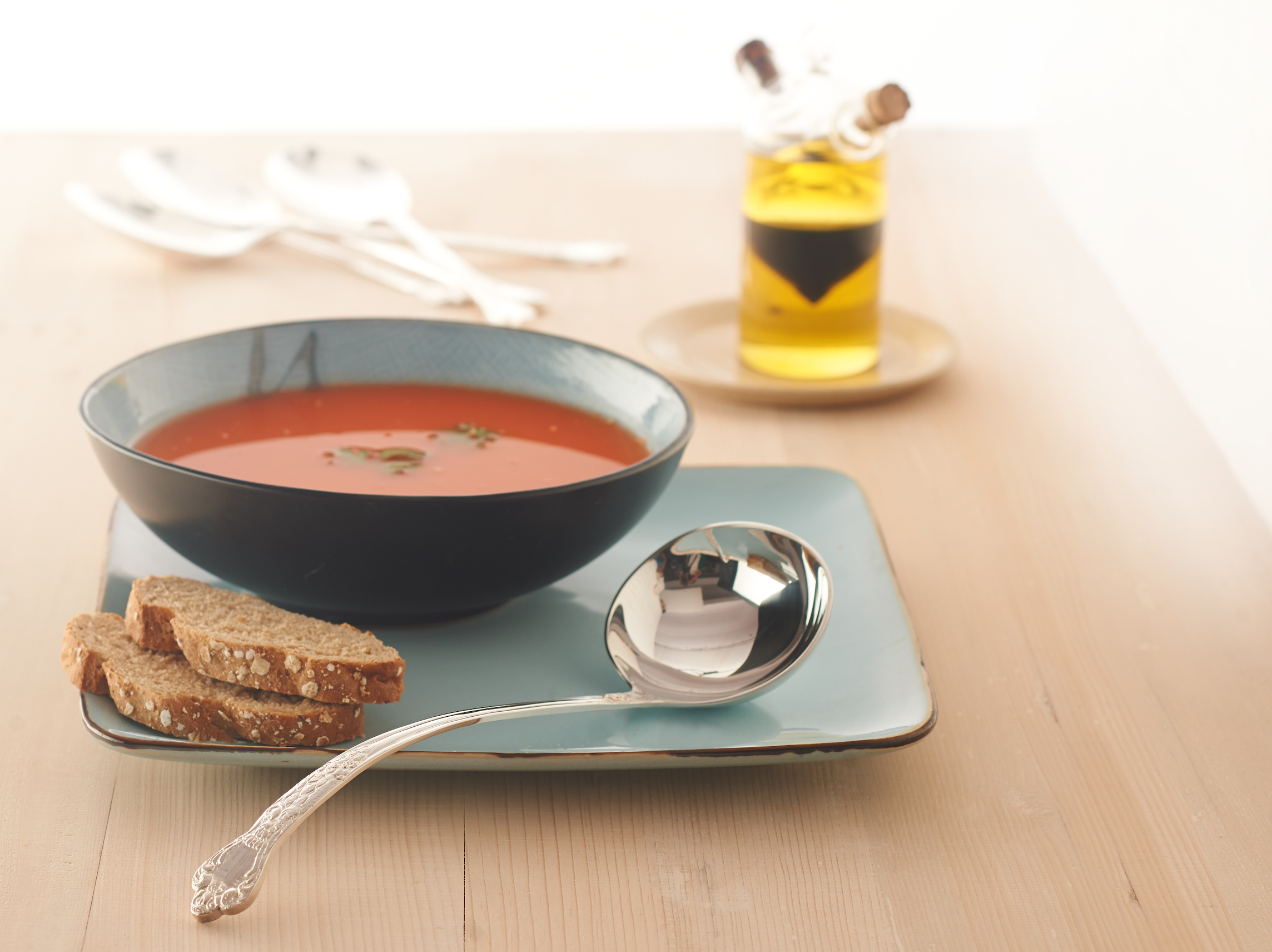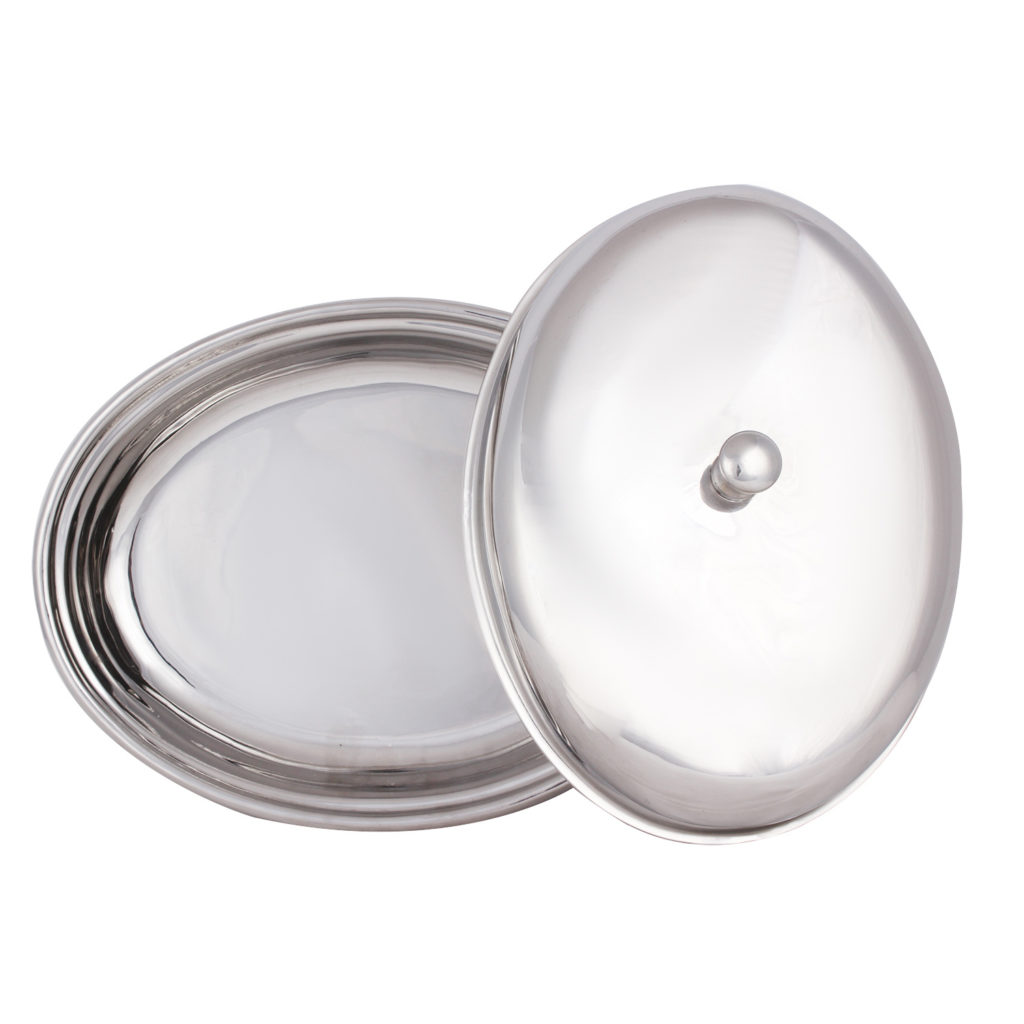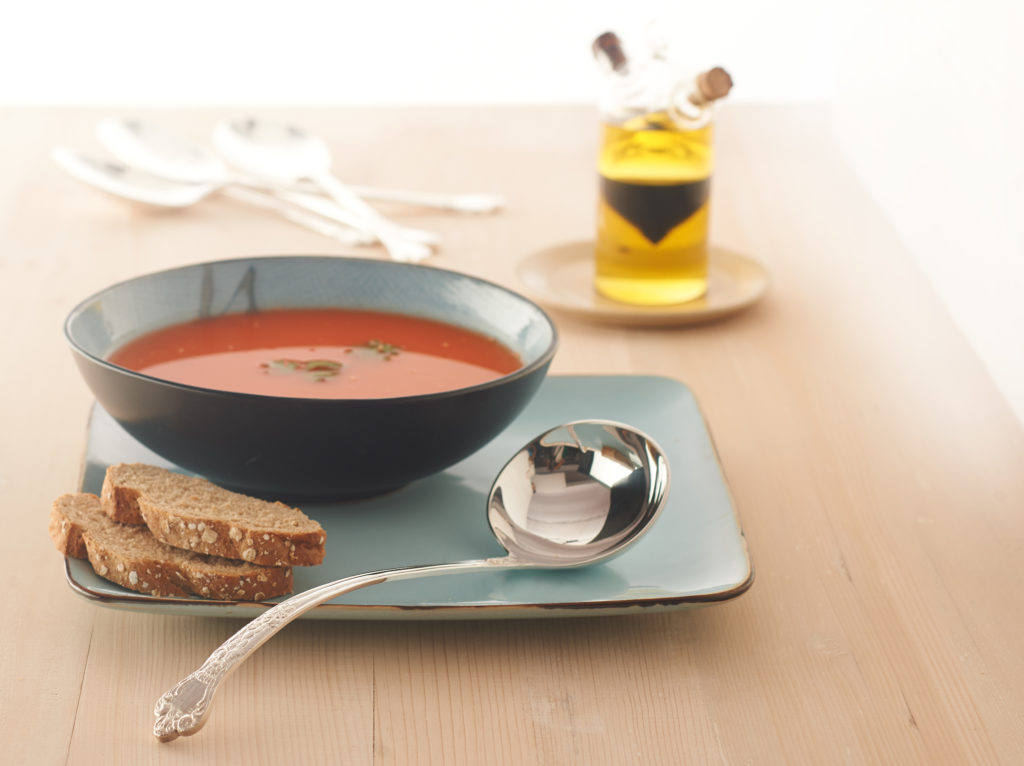 Tableware speaks a lot about the restaurant can make an impression of the food even before guests take their first bite. Tableware reflects on the restaurant and should be considered in the overall restaurant design and concept development because presentation matters!
Tableware speaks a lot about the restaurant can make an impression of the food even before guests take their first bite. Tableware reflects on the restaurant and should be considered in the overall restaurant design and concept development because presentation matters!
“Faced with a choice between the survival of the planet and a new set of matching tableware, most people would choose the tableware.” ~ George Monbiot. Well, there is no other time than now when they words ring so true. The right tableware is of paramount importance in the context of a hotel and can create a lasting impression.
Brand Buzz
With the development of hospitality industry, there are many tableware options available in the market, but one needs to select a pattern depending upon the durability, style, cost and also the segment they are catering to. “We focus on providing our guests a unique experience at the restaurants. We have recently introduced ‘steak stones’ at our barbeque restaurant which provides an option of cooking on the table to the guests visiting at the restaurant,” said Abhishek Pani, F&B Manager, Novotel Visakhapatnam Varun Beach. Correct tableware is very essential for a restaurant as it elevates the dining experience. “All our restaurants use EPNS (Electro Plated Nickel Silver) coated cutlery. This tends to be a little expensive, however, gives our cutlery longevity and an expression of luxury. We use steak knives from Jean Dubost which is a French Company manufacturing high end cutlery for the finest dining experience possible. While selecting glassware and crockery, we keep in mind the area (restaurant), where the product will be used. For example, in a high utility area like banqueting, we use Rona pattern glassware which is sturdy and Nikko crockery which is very well established and resistant to wear and tear. In our fine dining restaurants we use beautiful glasses, from Schott Zweisel and Riedel, which accentuates the entire dining experience and compliments the beverages being poured in them. Both these companies make state of the art glassware, most of which look stunning as tableware. Other brands of crockery, in our hotels include, Rosenthal, Royal Doulton, Revol, Bauscher, Dibbern, Villeroy & Boch,” said Abhisek Basu, Executive Assistant Manager, Food & Beverage, The Leela Mumbai.
Trend Check
All hotel chains are now looking at user-friendly, cost effective and stylish products. “Unorthodox plates have found their place on the dinner table. The identical, fine china place setting has been usurped by eye-catching plates in mismatched colours, unconventional shapes. ‘Bowls Are the New Plates’ as we have become more mobile eaters — less inclined to sit for family dinners around the table — and bowls, with their “coupes,” are easier to cart around without worrying about the food sliding off from flat plates. These days, trends in glassware have moved to more classic, old-fashioned beverage vessels, as well as variation, a different glass for each style of drink,” said Pani. Colour is one of the most significant variations in cutlery segment. Guests have been welcoming and accepting the bold colours in the cutlery sector. Ashutosh Garg, F&B Manager, Double Tree by Hilton, Pune opined, “we have identified three major trends. Most restaurants in this part of the world go for classic chic, with a focus on crisp and clean white or cream tableware. Another trend we observe is the appreciation of nature — sustainability, eco-friendliness, earthy tones and wooden elements. Some of the trends over the last year include asymmetric designs both in glass and chinaware. Coloured plate ware used as signature pieces has been in use for many years but trends are now leaning towards the complete collection. Chinaware will always be a timeless trend to showcase elegance and exclusivity.” Ateet Vengurlekar, Principal Architect and Interior Designer of Blue Arch Interiors & Architects added, “nostalgia is still playing a major role, although enamel pieces are not quite as ‘new’ as they were a year ago and slate is getting a bit passé as it becomes more mainstream. Pots and pans are shrinking and being used to present foodstuffs on the table – and chrome and copper abound. Rustic is still popular and there aren’t many suppliers who don’t have a roughly hewn organic shape or two to farm out to clients.”
Change is In
Incidentally hotels do change their tableware as they run food promotions and food festivals. “For example the glassware we use in a Tuscan Promotion will be different to the ones we use in a Burgundy promotion, with quality coming forth each time. Branded ceramic plates used in our specialty Indian restaurant will change to beautiful, segmented EPNS thalis during a Rajasthani festival and to a different rustic banana leaf during Onam,” said Basu. Otherwise in most cases hotels prefer to retain the same tableware for at least a year, as guests associate the restaurant with a specific kind of tableware after which it is usually changed. Chef Chakradhar, Executive Chef, Howard Johnson Hotel, Hebbal, Bengaluru added, “while procuring tableware we especially keep in mind the amount of change in temperature a piece of crockery can withstand, and hence prefer non-porous, scratch resistant and very durable crockery. Crockery with rolled edges is also preferred as it avoids them from cracking and chipping.”
Supplier Matters
Since tableware is a high usage product, hoteliers ensure that it needs the practical and aesthetic needs of their brand. Usually the shape, colour and pattern of the tableware is as per the theme and service style of the restaurant and key elements of durability and cost are usually kept in mind. “While procuring tableware, we ensure it has to be genuine with the well-known brand and perfect finish. Also, it needs to be easy to handle, easy to stack, must be easily available for replenishment and it should be perfect as per commercial standard set by the food outlets,” said Nishant Choubey, Corporate Chef, Roseate Hotels & Resorts. Ashvini Kumar, Executive Chef, Four Points by Sheraton Navi Mumbai explained, “market survey, particular brand distributor, vendor history on secondary procurement, other than that the important part is excellence, handiness, accessibility, durability, upkeep maintenance, make and cost are key elements in vendor selection.”
Training Right
Considering the fragile nature of tableware, chefs and kitchen staff need to be trained to care for these products as this reduces breakage. Padmanabhan Anand, Corporate Executive Chef, MRG Hospitality & Infrastructure Pvt. Ltd. explained, “creating awareness with the staff and also careful use of the ware are the major ways to ensure longevity. Apart from this, always choose keeping in mind the technology advancement of the day, for example we have chip resistant crockery in the market today and choosing this would bring down the discard of chipped crockery.” Shyam Kumar, Director of Food & Beverage, Shangri-La Hotel Bengaluru added, “the chief steward of the restaurant plays a vital role in safeguarding the tableware from damage and manhandling. Chefs are also decision makers at the time of purchase and are well aware of the safety precautions to be maintained while working with expensive tableware. It is important to factor in generous storage space for such material instead of increasing space to accommodate more covers in the restaurant.” Satyajit Kotwal, GM, The Resort, Mumbai added, “we do conduct trainings from time-to-time to sensitise our staff and people about the cost invested into procuring the crockery, cutlery, glassware etc. This is not a one-time activity, but an on-going process. On a monthly basis, we also discuss the cost of damage and breakage. Aside from the look and feel and ethics of the plates, there are many practical things to consider like how long the dishes will last, are the plates too heavy, too wide, or too awkward to hold for the servers etc. But basically, we have realised that for maintenance of the tableware, it helps to try and follow the method prescribed by the company that manufactures the tableware. It certainly helps in increasing the life span of every item.”
Vendor Choices
Choosing the right vendor for the varied needs is based on some broad based criteria like the range of products available, customer feedback, cost and lead time. Vendor selection based on experience is essential, but it need not be the only criteria. Sonica Malhotra, Joint Managing Director, MBD Group, opined, “we undertake an extensive sampling of the various brands that fit the profile of the restaurants and our budget and choose the appropriate tableware. A full table is laid with complete cutlery, glassware and other hollowware and after arriving at a satisfactory combination, the Procurement Head is handed a complete list of BOQ’s to negotiate final delivery cost and timelines.” With the influx of hospitality brands in the Indian market, there is a need to make a difference and this can come with thoughtfully chosen tableware. Sanjay Mamgain, Corporate Executive Sous Chef, Lords Hotels & Resorts explained, “using 18/10 cutlery as against the 18/0 options are a good way to ensure its longevity. 18/10 cutlery is recognized as the best quality available in the market. It includes 18 per cent chrome and 10 per cent nickel which make the cutlery highly resistant to acid erosion and rusting. Buffing every 3 to 4 months helps the wares to keep looking new and maintained. Another very important aspect is to provision adequate and proper storage for all tableware as cramped places can increase the chances of damage while handling. Most importantly avoid using them as kitchen tools and treat them preciously.” As guest profiles alter with a focus on technology that allows photographs everywhere and all the time, it is all the more important that tableware is chosen right. After all did you know that there are currently more than 180 million posts on Instagram tagged with ‘food’ and appealing tableware was never more important than today.
Did you know?
- Preferred tableware brands: Rosenthal, Guy Degrenne, Schott Zwiesel, Lido Oneida, Jean Dubost.
- Today tableware is the third biggest focus in a restaurant after food and decor.
This story appeared in the Sep-17 issue of Hotelier India magazine here: Tableware Sep-17




